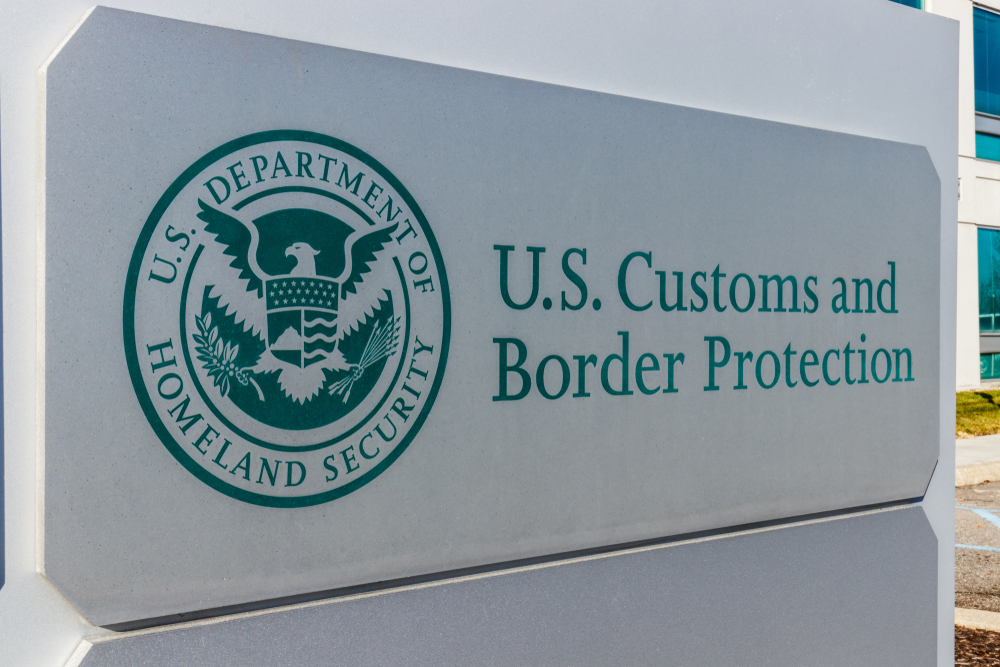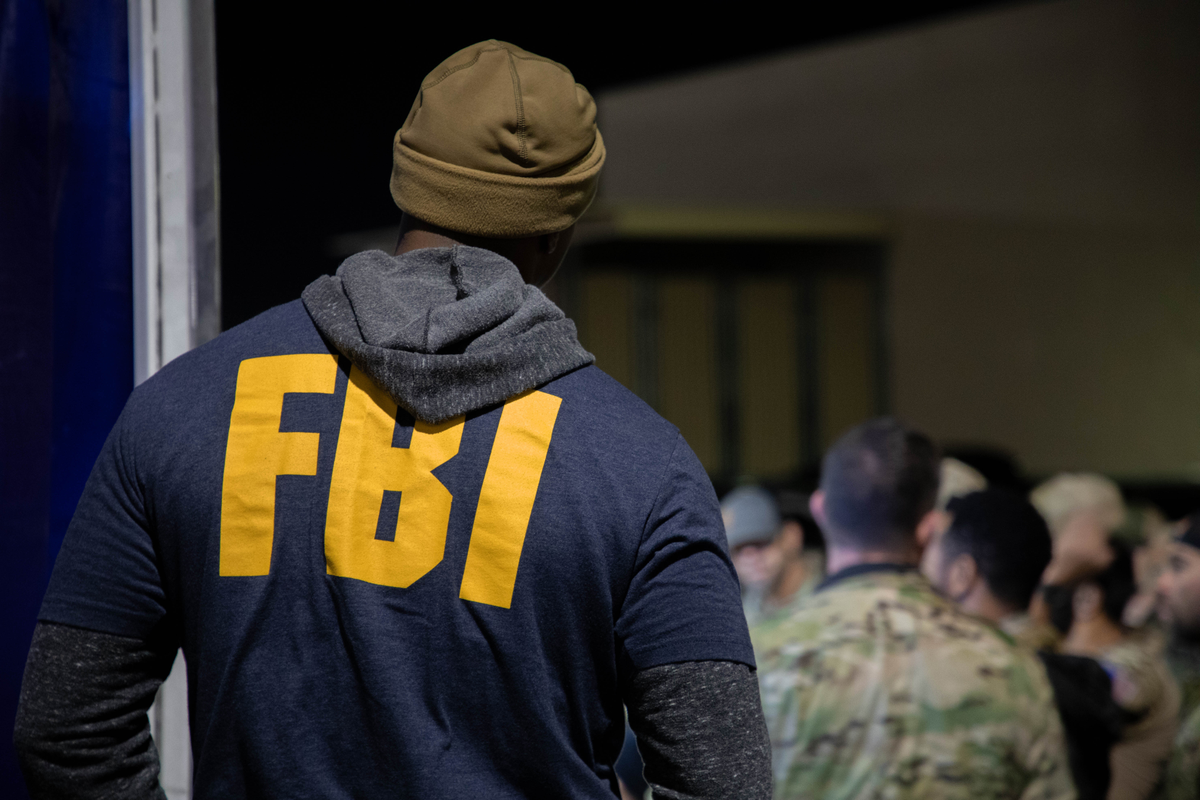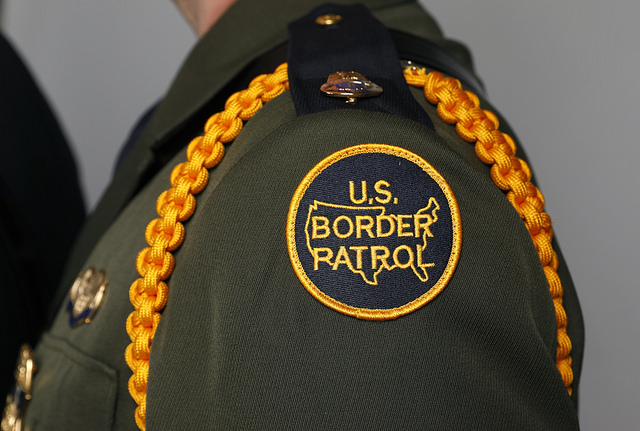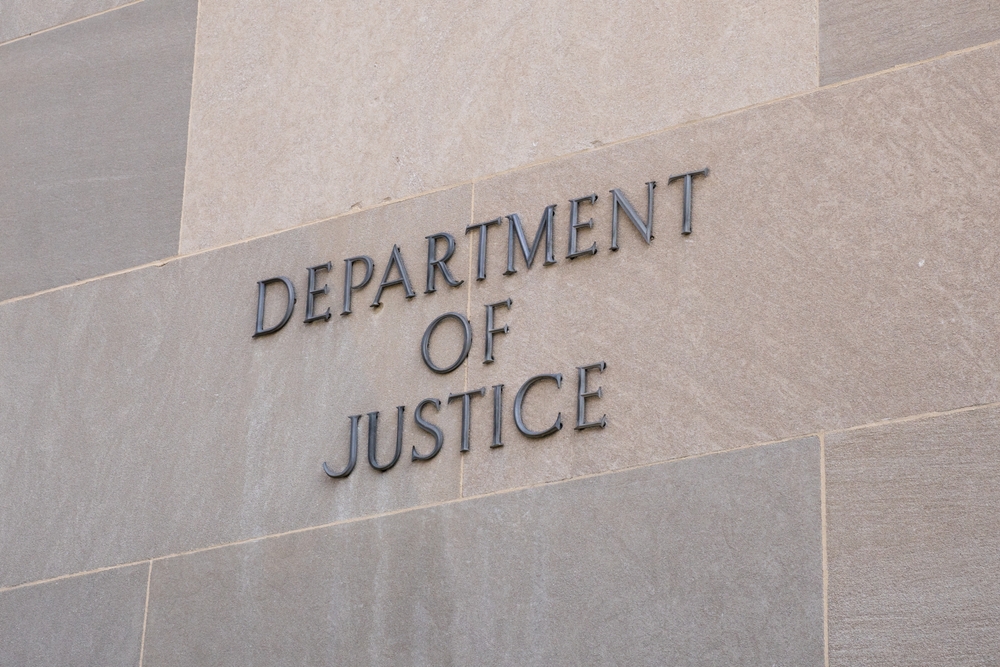By Jerry Webb
There is a quote by Vala Afshar I absolutely love:
“We are not a team because we work together. We are a team because we respect, trust, and care for each other.”
And there you have the FBI in a nutshell.
I had the good fortune to spend two of my 22 years in the FBI on a case where teamwork was absolutely essential to the success of the case. That would be the 18-yearlong investigation involving 16 bombing incidents which took the lives of three people. And without the teamwork involving the FBI, ATF, and U.S. Postal Inspection Service in the form of the UNABOM Task Force (UTF), bomb number 17 would have been placed in a U.S. mailbox and sent to another innocent victim.
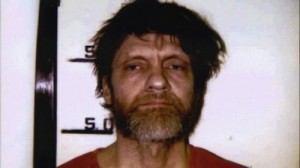
The fact it did not make it to a mailbox was because on April 3, 1996, the campaign of terror conducted by Theodore John Kaczynski was brought to an end by a team of dedicated professionals who descended on a lonely cabin in an isolated corner of Montana.
How they got there is quite a story. The truth of it deserves to be told. The truth is a fascinating story of teamwork in action. Anything less than the truth is an insult to all who were touched by the case, investigators and victims alike.
I would like to say a little about that teamwork which led to the case being brought to a logical conclusion. I have no intention of reinventing the wheel and talking about the whole case. That would take a book to explain. And, in fact, several books have been written about everything which went into the case. An excellent one would be the one written by SAC Jim Freeman, ASAC Terry Turchie, and SSA Max Noel.
But I would like to just talk a little about what I saw from my single cog on a huge machine, hump-street-Agent perspective. And I want to mention as many people and events as my 21-year-old memory of the case will allow me to conjure up.
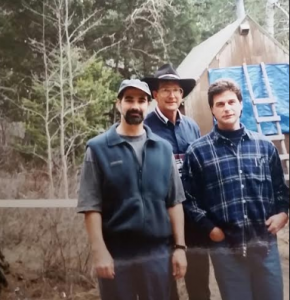
We were encouraged to work with a partner as a team on all of our steps. Much of the time I worked with Joyce Seymour of ATF who was great. I covered a bunch of leads with Pat Turtle of our office and I also formed close bonds with Mike Grady of ATF and Paul Wilhelmus of the Postal Inspection service, both just fantastic guys.
Case Would Be Solved
We were lucky on our squad to have John Conway on board with us. John was the original San Francisco UNABOM case agent and saw the case through to the finish line. John’s time working UNABOM is measured in decades, not in a few months. He never lost sight of the fact the case would one day be solved. Even when he was being encouraged by FBIHQ supervisors to close the case during the six year lull which started when the subject was seen while placing one of the devices in 1987, and the widely circulated composite drawing of an individual in a gray hooded sweatshirt was etched into the collective memory of the nation. John would have none of that.
The case was going to remain open and the case was going to be solved.
At the height of the task force operation in San Francisco there were around 50 federal investigators assigned to three separate squads. Some from ATF and some Postal Inspectors. ATF ASAC Mark Logan and Chief Postal Inspector Don Davis played a large part and sat in on the strategy sessions with both the general UTF meetings held on a regular basis, as well as the upper level management level meetings.
However, the majority of the task force investigative positions were held by agents of the FBI. The agents were assisted by around 25 analysts who were permanently assigned to the task force. In addition to the permanently assigned analysts, beginning in the early summer of 1995 over 50 more were constantly rotated into San Francisco on a TDY basis for around the clock analytical projects.
That was just the task force in San Francisco. Leads were covered throughout the country where other UNABOM related events had occurred. It would not surprise me if well over several hundred investigators played a significant role in the case. All with one thought in mind: Let’s get this thing solved.
A good place to start the story with the teamwork that put it all together would be the decision made in 1995 to publish the Unabomber Manifesto.
Tough Year for FBI
That was quite a year for the FBI. We had the horrible bombing of the Federal Building in Oklahoma City, another example of a huge team effort. The UNABOM murder of Gilbert Murray in Sacramento. Then the demand by the Unabomber that his manifesto be published.
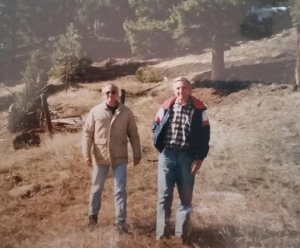
The decision to publish was not an easy one. I remember the debate; we can’t give in to terrorism, which was a compelling argument. The ultimate decision as to what to do was made by SAC Jim Freeman and UTF ASAC Terry Turchie. As they did throughout UNABOM for every decision, large and small, they listened to the opinions of the entire UTF during the meetings we had on a regular basis.
They did the same with this decision which proved to be the defining moment in how the case was solved. Jim and Terry then met with several of the task force senior management staff for the decision. Supervisors, Max Noel, Joel Moss, and Penny Harper; SA Kathy Puckett ( a San Francisco based Agent with a psychology background); and Jim Fitzgerald who spent a few months TDY time with the task force from the Behavioral Science Unit (BSU).
It was the unanimous opinion of the agents as a group and the senior staff that publishing the manifesto would be a tactical investigative decision which could lead to somebody recognizing the writing and being able to identify just who the Unabomber was.
It was Jim Freeman who traveled to Washington with Terry and Kathy to meet with Director Louie Freeh and recommend publishing. Nobody else. It was the Director and the three task force members who met with Attorney General Janet Reno and presented their case. Nobody else. It was that group who met with the editors of the New York Times and the Washington Post and successfully persuaded them to publish the manifesto. Nobody else.
More than anything the decision to publish was what led to the successful resolution of the case.
Publication of the manifesto led to thousands of calls to the UTF hotline. Many with the connections to Chicago and Salt Lake City that the task force was hoping to see. It was just the type of investigative activity Jim and Terry were hoping to generate when they first discussed a pro-active approach to solving the case during their first strategy sessions they held in April of 1994.
What happened next is just what the task force team hoped would happen. David Kaczynski was one of the thousands of people to read the manifesto and was convinced it was written by his brother Ted. David contacted an attorney, Anthony Biscigle, who was an acquaintance of SA Mike Harrison and gave him an early 23-llpage essay written by Ted in 1971. Mike read the essay and believed it was written by the same person who wrote the manifesto and he referred Biscigle to SA Molly Flynn of WFO who was working UNABOM.
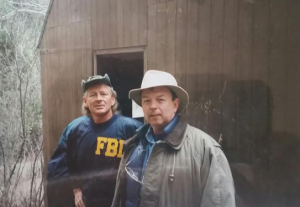
Molly read the essay and believed the same person who wrote the manifesto wrote the essay. She first sent the essay to the FBI lab to be compared with the typing of the manifesto. It was not a match. But Molly felt the similarities in writing were so close she was not willing to let it go and contacted the UNABOM Task Force and spoke with Joel Moss. After listening to her for a few minutes Joel asked her to fax him the essay and stood by the machine ready to read it as soon as it came in. After reading the essay Joel called Kathy Puckett and the two decided to call Terry, with Joel saying he had to see him as soon as possible.
Terry had a lunch planned that afternoon with Jim Freeman, but sensing the urgency in Joel’s voice and considering the close friendship the two had from years of working on the same squad Terry agreed to cancel his lunch date with Freeman and meet with Joel and Kathy. Terry could sense something pretty darn important may be developing (understatement of the UNABOM universe) and called Max Noel to have him come along also.
He Was Astounded
They met just down the street from the office and Terry read the essay for the first time. He was astounded. It sounded just like the UNABOM manifesto. Words, themes, phrases, they all seemed to be a mini version of the manifesto. That would turn out to be the same feeling shared by anyone who had read the manifesto. They began working on a strategy on how to follow-up in a logical methodical process with the next steps. Part of their planning was just when to cut Jim Freeman in on the loop as they knew as soon as he saw it the big ship UNABOM would be churning full speed ahead in one direction.
Just as they were discussing their plans Jim walked in and after spotting them mentioned to Terry, “So is this why you stood me up?” Terry and Joel were trying to figure out just when was the last time they saw Jim at that location as the SAC walked away.
Terry left the essay on Freeman’s desk that afternoon and when Jim read the essay he called Terry into his office and by the late evening and the next morning the UTF ship turned full speed ahead in only one direction. Everything else stopped and a new strategy focusing on one subject was put in place-not just in San Francisco but across the country.
Of course at that point we only knew the essay had been provided by a so far unknown individual who believed it was written by his brother. There were just enough clues in the essay and from statements by Bisciglie to identify the brother’s name, Ted. He was born in Chicago, had at least attended Harvard, his field of study was mathematics, and he either obtained or at least studied for a PhD at Michigan.
That was enough information for SA Greg Stejskal at the Ann Arbor RA and his contact at the University of Michigan to come up with the name Ted Kaczynski. An absolutely fantastic piece of investigative work. Within a few days Bisciglie confirmed the name of Ted Kaczynski as being the person who had written the 1971 essay. The FBI is an amazing organization because it is made up of amazing people.
Team work, this whole case was a massive amount of team work.
Eventually all of us on the task force, agents and analysts alike, were given the essay to study. It was much more than a majority opinion, YES, this is the guy. We all had read the manifesto. Then we all read the early Ted essay. The skills needed to compare the two documents were simply the ability to read English and apply common sense. Nothing further was required.
Of course, now all we needed was some of that stuff called evidence to put the case together. Just having the name Ted Kaczynski did not magically transport him to a federal prison.
Jim Fitzgerald had earlier spent a few months with the task force on a TDY basis from Quantico. Once it was determined Ted Kazcynski was our subject by virtually everyone on the task force he was brought back from Quantico to assist in the final few months of the investigation.
Dave Weber was sent to Montana to establish our first presence. As a Montana native and a former Marine, Dave was the perfect choice. He was later met by Radio Maintenance Technicians (RMT) Bill Hagle and Rick Ethridge, and head sound guy Larry Long, to work on a few projects, which included a radio antenna placed by those guys on snowmobiles on a local mountain peak so we could have reliable radio communications. The antenna was placed without anybody getting killed in a snowmobile/mountain drop-off incident. Just barely.
Max Noel was sent to Helena to establish a covert off-site location and to supervise the Montana leads and operation. Of course, he had been in Nebraska on leave and had to get out of Omaha in a raging Midwestern blizzard to get there but he managed to do so.
Jim Huggins and Phil Lowell were dispatched to cover leads in Missoula, and they later became part of the surveillance plan we had in case Ted decided to get on a Greyhound bus with a duffel bag full of wrapped packages.
A Former Navy Seal
Dan Atchison and Chuck Pardee were sent to Salt Lake City. I am going to throw in a little side note about Chuck, a former Navy Seal. He knew something about teamwork. Kind of how those guys stayed alive.
John Gray and Candace DeLong set up in Lincoln. I took up residence in a more modern cabin than Ted’s a couple of hundred yards down the draw from his. That cabin had electricity and I just carried in bottled water and supplemented that with melted snow. The water was all I needed for coffee and Top Ramen, I never had to resort to coyote stew with mixed vegetables (inside joke for all who have read the Kaczynski diary).
Other facilities were available outside behind a tree. The day I set up in the cabin reminded me of my days in Nebraska, ten below zero. It did have a wood burning stove that saw at least a cord of wood go through it in the next three weeks.
As we got closer to the day a search warrant was becoming inevitable Chuck Der was assigned to move in with me. That gave us two sets of eyes. We were not going to let him slip away with a duffel bag full of bombs.
Kathy Puckett was assigned to the task force because of her psychology degree and contacts with the BSU. In my opinion her greatest contribution to the task force came from good old fashioned police work. Interviewing skills. She struck up a real rapport with Ted’s mother and was able to obtain a stack of earlier letters and documents which helped on establishing a time line of Ted’s activities.
Kathy also traveled with Lee Stark (who was the Case Agent of the Kaczynski file) and Jim Willson (obvious nickname Double L) to a remote area of Texas with David Kaczynski where he had a cabin and another stack of Ted letters which were additional items for the probable cause of the search warrant. Kathy was so successful in gaining the confidence of David and his wife Linda that they formed a bond which carries on until this day.
During this whole period of time Terry Turchie was shuttling between Montana and San Francisco, with visits to other offices and engaged in constant meetings to gather every piece of information he could as probable cause for a search warrant affidavit. San Francisco legal advisors Don Whaley and Gordon MacDonald, as well as AUSA Steve Freccero, formed a team which helped Terry put the over one hundred page affidavit together. They combed through every word, comma, sentence, and fact, to make sure it was correct.
Somehow I believe he managed to complete the affidavit and maintain his sanity- although the closest I saw him come to losing his Mister Rogers persona and becoming the Incredible Hulk was during this period of intense stress (just suggest to him somebody else had written that affidavit). None of us from the task force would need any reminder as to who was the real “driving force behind the UNABOM investigation.” Terry’s commitment to getting that affidavit done before any possible leak to the media which could have sunk the whole investigation is all of the evidence you would need. It was because of Terry that affidavit was completed.
UNABOM was most definitely a team, but every team needs their quarterback. We had ours.
But of course that inevitable leak came. Funny, it occurred right after the DOJ was briefed as to the plan for the search.
So as to not take a long story and make it even longer it is suffice to say we moved into warp speed to execute the search warrant.
Dozens of more personnel were moved to the Lincoln area including the San Francisco SWAT team. SAC Freeman and senior SWAT team leader John Steiner moved to the cabin Chuck and I were at early on the morning of April 3rd. Later that morning Terry swore to the search warrant before Senior U.S. District Court Judge Charles C. Lovell in Montana, who after reading the affidavit told Terry to go get the warrant served. Former Agent and AUSA Bernie Hubley was with Terry constantly by that point.
Approaching The Isolated Cabin
SWAT commander Tom LaFreniere deployed his team around the cabin, and I believe to the everlasting credit of the management style and leadership abilities of SAC Freeman, he set an inner perimeter of agents who had been working the case on the task force.
Those agents were ATF agents Mike Grady and Joyce Seymour. Postal Inspector Paul Wilhelmus. And FBI Agents John Gray, Candace DeLong, Chuck Der, and Jerry Webb.
The approach to the cabin was made with a ruse to get Ted out of the cabin without any suspicion of what was happening in order that nobody would get hurt. That was the main concern of the Kaczynski family when they came forward and we felt an obligation to them, and to the oath of our office, to execute the warrant in the safest way possible for all concerned.
Forest Ranger Jerry Burns had been enlisted to help the task force, and as a lifelong resident of Lincoln, and fantastic guy, his assistance was invaluable. Jerry accompanied Max Noel and Senior Helena RA Agent Tom McDaniel to the cabin.
The ruse to get him out of the cabin played on Ted’s paranoid obsession for privacy, and worked perfectly. Starting from around 25 yards before they got to the cabin (common practice when approaching isolated weirdos in Montana) Jerry began hollering “Hello in the cabin,” and stated he was there with representatives from a mining company and they wanted to check Ted’s property lines so they would not intrude on his land. Ted opened the door and stuck his head out. Tom recalls his face was covered in so much soot and dirt he looked like a dead man who just happened to be still on his feet. Ted saw them standing there with a bunch of maps and they told him they were with a mining company and would be bringing in a bunch of heavy equipment and wanted to check his property lines.
I am sure the thought of a bunch of heavy machinery rolling past his cabin was the last thing he wanted to hear. He turned and started to go back into the cabin.
Rather than let him back in the cabin Jerry grabbed him by the arm and pulled him out the door. Tom grabbed the other arm and placed him in a hammerlock and they began struggling to get handcuffs on him. The struggle continued for a few seconds until Max stuck his pistol in his face and announced in the same level of voice we were used to hearing in the squad bay, “FBI, WE HAVE A WARRANT TO SEARCH YOUR PROPERTY.” I was about 20 yards to the rear of the cabin and it sounded like Max was right next to me.
As soon as he heard the words FBI, Tom explained the fight seemed to go out of him and he felt just like a balloon being deflated. It does not take a degree in psychology to imagine he just realized the life he knew was over and he probably wished the guys were really from a mining company and would be rolling a fleet of trucks right by his cabin and digging a large open pit mine just outside of his front door.
It turned out to be a pretty good move in getting him out of the cabin. It moved him away from the two loaded rifles, and a completed and ready to mail bomb device.
Ted was moved to another cabin the task force had rented and the only interview ever conducted by law enforcement, no matter what anybody else may claim, took place. That interview was conducted by Max and Postal Inspector Paul Wilhelmus. Ted invoked his right to remain silent and would not talk about “The Case.” He did talk about general subjects and those of us who made up the inner perimeter took turns sitting with him.
Denies Hunting Violation
I hunt and I had noticed a bunch of deer hides and elk antlers scattered around the property and commented it must be nice to have such a ready supply of food available. So, here we have a guy being investigated for multiple murders and his reply to that was that he did not shoot deer as he did not have a hunting license. He may or may not have been concerned about the murder charges, but he sure as hell was not going to cop to a fish and game violation.
Of course the search was starting to take place. Pat Webb, Frank Doyle, and Don Sachtleben, all of the San Francisco office who had bomb training and previous time on UNABOM were the lead investigators in the search. Immediately, bomb making materials were located.
The next decision was how to proceed. We had a search warrant for the cabin but we were not in possession of an arrest warrant for Ted. An entire chapter of the book written by Freeman, Turchie, and Noel is devoted to the three ring circus which took place that evening during conversations with the DOJ.
For this article all I can say is thank God for AUSA Bernie Hubley of the District of Montana. He authorized Don Sachtleban to file a complaint charging Ted with one count of possessing bomb making materials. Probably a better idea than the one DOJ official whose idea was to release him and present the case to a grand jury. And that idea proved to be even dumber when the completed bomb device was found several days later wrapped and ready to go.
The search went on for days. It was the finest example of cooperation and teamwork I have ever seen. For that week or so nothing else mattered, nobody’s ego; there was no need to rest.
It was just let us get the job done. And the search uncovered an absolute mountain of evidence. In addition to all of the bomb making materials the lab would be able to link as unique to the UNABOM events, Kaczynski kept detailed diagrams of each device previously sent. That is called a confession.
The coup de grace was found at the bottom of a footlocker. The typewriter used to type the manifesto, the original copy of the manifesto, and a gray hooded sweatshirt just like the one seen by the witnesses who spotted him leaving the device in 1987.
It was enough evidence to convince the O.J. Simpson jury of his guilt.
While all of that was going on, I seem to recall for at least a week, we maintained an airtight perimeter 24-hours a day. I remember SWAT teams coming in from at least two large offices to assist. Team effort, this was one hell of a team effort.
One incident still sticks in my mind as a pretty good example of teamwork and cooperation.
While we were maintaining around-the-clock security on the site I guess one night Chuck Der and I were the senior guys on one of the midnight shifts. At least I recall guys were checking in with us. One two-person car was occupied by two fairly new Agents, Rob Rolfsen and Shelagh Sayers.
I knew Rob had been sick but was not aware just how sick he was. But on a case like this FBI agents do not shirk off their duties.
I think it was the second time Shelagh drove by and I was standing out by the car when I noticed there was nobody in the front seat with her. I noticed Rob curled up in the back with a blanket and pillow from his motel room. I am pretty sure he also had a teddy bear.
Probably running a fever of over a hundred and something. Shelagh saw me looking at the back seat and I do not recall her exact words but they went something like this. “Don’t worry, we got this covered.”
That, my good friends, is what is called working together as a team.


